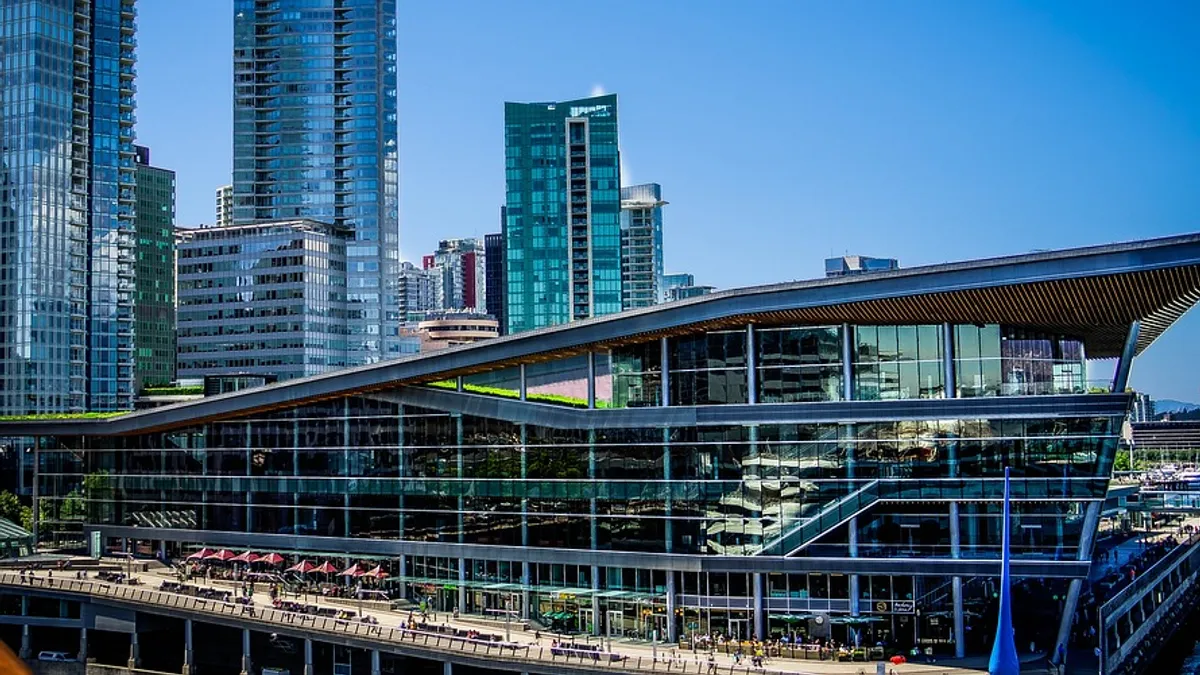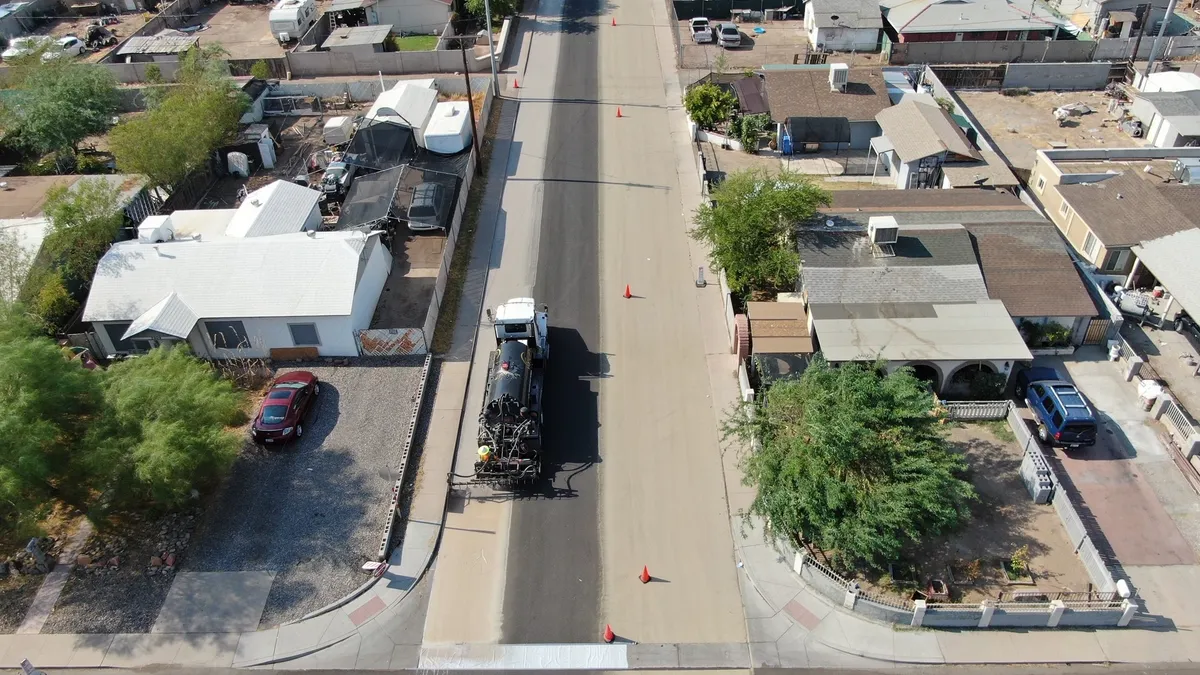Dive Brief:
- Amarjeet Sohi, Canada's minister of infrastructure and communities, recently announced the Smart Cities Challenge, a "pan-Canadian competition" encouraging communities of all sizes to develop smart city ideas and initiatives that will improve citizens' quality of life "through innovation, data and connected technology."
- The challenge is part of the Impact Canada Initiative — announced in Budget 2017 — which is intended to promote innovative government funding. Through this budget, Infrastructure Canada will contribute $300 million in smart city funding over 11 years.
- Applications for this challenge will be due in April 2018, and winners will be selected by an independent jury in spring 2019. The price structure is: one prize of up to $50 million, open to any community; two prizes of up to $10 million each, open to communities with 500,000 people or less; and one prize of up to $5 million, open to communities with 30,000 people or less.
Dive Insight:
Canada's smart city potential has been discussed at length in recent months with buzz about potential locations for Amazon's new HQ2, along with Alphabets Inc.'s new Sidewalk Labs project in Toronto. At a recent event, Prime Minister Justin Trudeau discussed Canada's aim to increase innovation, noting that the government is prioritizing investments in quantum, AI and robotics. At the same event, Alphabet Chairman Eric Schmidt also touted Canada's focus on immigration, highlighting that immigrants tend to boost local innovation.
Some have also pointed to Canada as a booming smart city location due to the "Trump effect" that tech companies and entrepreneurs are moving away from U.S. cities. While this is only a theory, Canada has recently welcomed the new facilities of Facebook and Google's DeepMind, strengthening the belief that Canada may be the new tech frontier.
It will be important to watch the development of smart city concepts in Canada as the challenge progresses. It is likely that, if Canadian communities develop significant, tech-focused solutions to bring efficiency and connectivity to the area, U.S. cities will be able to model those solutions in their own communities.











